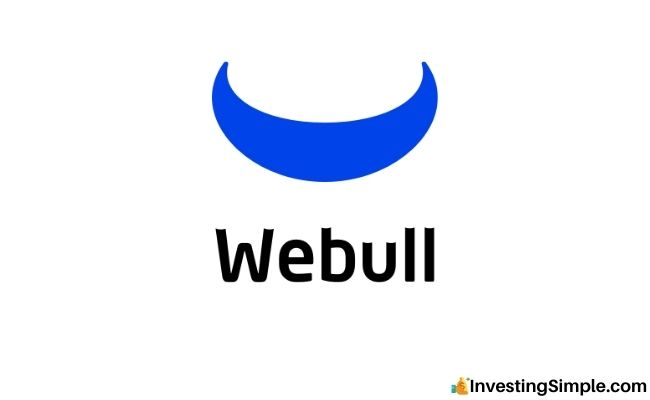





When it comes to investing in the stock market, it's important to understand the rules and regulations that govern cash accounts.
One such rule is the Good Faith Violation (GFV), which occurs when proceeds from selling securities purchased with unsettled funds are used to buy another security before the initial purchase settles. Simply put, a GFV happens if a cash account opens a position using unsettled funds and then closes that position before the funds have settled, or reuses unsettled proceeds to buy more securities before settlement.
New to Webull? Check out my full tutorial below!
A Good Faith Violation (GFV) occurs when you:
This sequence violates cash account trading regulations because it essentially represents the improper reuse of unsettled funds in multiple trades.
To avoid GFVs, investors should ensure they have sufficient settled funds before opening new positions, especially if planning to sell those positions quickly.
It is important to note that deposits or liquidations do not immediately remove existing GFVs. Each GFV typically expires automatically after 12 months from its trade date. Investors need to monitor their trading activity carefully over a full year to prevent accumulations of violations.
Webull, like other brokerages, enforces GFV policies strictly for cash accounts:
| Number of GFVs Within 12 Months | Consequence |
|---|---|
| 3 violations | Account restricted to using settled cash only |
| 4 violations | Account restricted for 90 days |
| 5 violations | Account closure |
Furthermore, Webull retains the right to suspend accounts proactively if violations are detected, pending investigation or further action.
Remember, these penalties are designed to encourage responsible trading and adherence to settlement rules. Simply adding more funds or liquidating positions does not remove penalties once a GFV has been incurred.
Webull cash accounts allow unlimited day trading (buying and selling the same security on the same day) without the Pattern Day Trader (PDT) rule restrictions that apply to margin accounts. However, this flexibility comes with risks:
This distinction is crucial for new investors to understand to avoid penalties and restrictions from disregarding settlement rules.
In summary, a Good Faith Violation (GFV) is a critical rule governing cash account trading, preventing the reuse of unsettled funds for multiple purchases and sales within short settlement periods.
Violating GFV rules may lead to restrictions such as 90-day settled cash-only trading limits or even account closure under Webull’s 2025 policies.
To trade responsibly and avoid GFVs, investors must patiently wait for the full settlement (T+2) of funds before reusing sale proceeds, leverage Webull’s tools for monitoring settlement status, and understand the difference between cash account trading and margin account PDT restrictions.